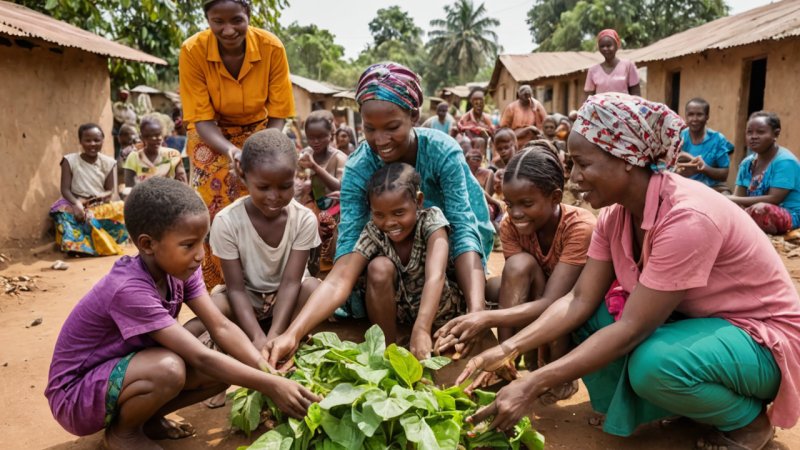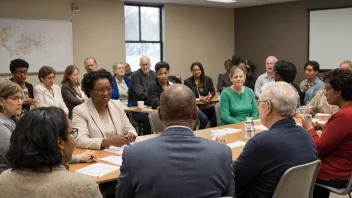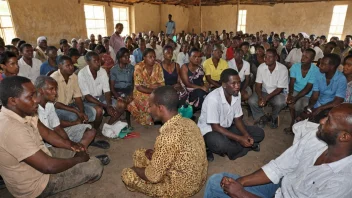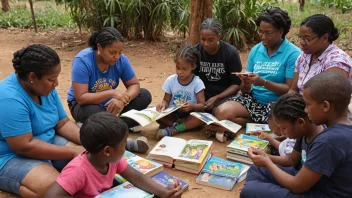Humanitarian aid has often been synonymous with immediate relief efforts, yet the narrative is shifting towards the importance of sustainable aid in facilitating long-term recovery. Sustainable aid encompasses strategies that not only address urgent needs but also promote a community's ability to thrive independently over time. This approach is increasingly vital, as communities worldwide face the dual challenges of frequent crises and the ongoing impacts of socio-economic disparities. In this article, we will delve into the significance of sustainable aid in ensuring long-lasting recovery and resilience.
One of the primary reasons sustainable aid is critical is its ability to reduce dependency. When communities receive aid without a plan for sustainability, they may become reliant on external resources, stifling their capacity for self-sufficiency. Sustainable aid models focus on empowering communities to take charge of their recovery. This could involve providing skills training, which equips individuals with the tools they need to rebuild their lives. For instance, vocational training programs can help individuals learn trades that are valuable in their local economy, fostering independence and reducing the need for ongoing aid.
Furthermore, sustainable aid encourages a holistic approach to recovery, addressing not just physical needs but also emotional and psychological well-being. After a disaster, many individuals experience trauma, which can hinder their ability to rebuild their lives. Integrating mental health support into aid initiatives can significantly enhance recovery outcomes. Programs that provide counseling and community support networks can help individuals process their experiences, fostering resilience and a sense of belonging.
Environmental sustainability is another crucial aspect of sustainable aid. As the world grapples with climate change, integrating environmental considerations into recovery efforts becomes paramount. This means not only rebuilding but doing so in a way that respects and restores the natural environment. For instance, utilizing sustainable materials for construction or promoting reforestation projects can help communities recover while also safeguarding their natural resources. By adopting practices that honor the environment, communities can create a sustainable foundation for future growth.
Additionally, sustainable aid emphasizes the importance of local knowledge and resources. Communities often have unique insights into their own needs and how best to address them. When aid organizations prioritize local engagement, they empower community members to lead their recovery efforts. This not only enhances the effectiveness of aid initiatives but also fosters a sense of ownership and pride among community members. Engaging local leaders in decision-making processes ensures that aid efforts are culturally sensitive and relevant.
In conclusion, the shift towards sustainable aid marks a pivotal change in how humanitarian efforts are approached. By focusing on empowerment, environmental stewardship, and local engagement, sustainable aid lays the groundwork for resilient communities capable of thriving beyond immediate crises. As we navigate the challenges of an increasingly interconnected world, it is essential to recognize the role each of us can play in supporting sustainable initiatives. By advocating for and participating in sustainable aid efforts, we can help ensure that recovery is not only achievable but also enduring.
Empowering Communities Through Sustainable Aid
Explore the significance of sustainable aid in empowering communities and fostering long-term recovery.






